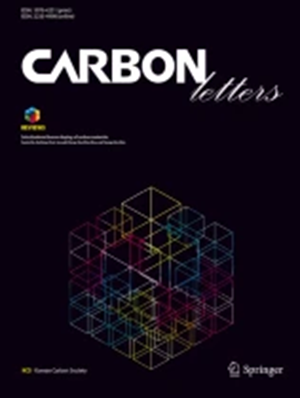Comparative study of the carbon structure of chars formed from coal with plastic waste and coal tar pitch additives
Abstract
Plastic wastes such as polyethylene terephthalate have recently been incorporated into coal as additives in coke manufacturing. Plastic waste results in the reduction of high-quality coal usage while protecting the environment. Using coal tar pitch as an additive in the coal blend causes an increase in fluidity during carbonization. The volatile matter released during carbonisation affects coal thermoplasticity, hence the carbon structural parameters. This paper investigates the role of polyethylene terephthalate and the mixture of polyethylene terephthalate and coal tar pitch on carbon structure formation during coal to coke transformation. The additives were blended with coking coal in 2, 3, 4, 5, and 10% wt. The results imply that incorporating coal tar pitch into the coal/ polyethylene terephthalate mixture improves the crystallite height of the resulting semi-coke. The addition of coal tar pitch and polyethylene teraphthalate blend to coking coal at a percentage below 5%wt. leads a positive impact on the crystallite height of the resulting coal char. The incorporation of coal tar pitch into the blend decreased the average interlayer spacing. At elevated temperatures, the polyethylene terephthalate in the blend causes an increase in the mean tortuosity. However, incorporating coal tar pitch into the blend led to about 3.3% decrease in mean tortuosity.

 求助内容:
求助内容: 应助结果提醒方式:
应助结果提醒方式:


